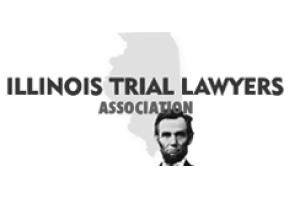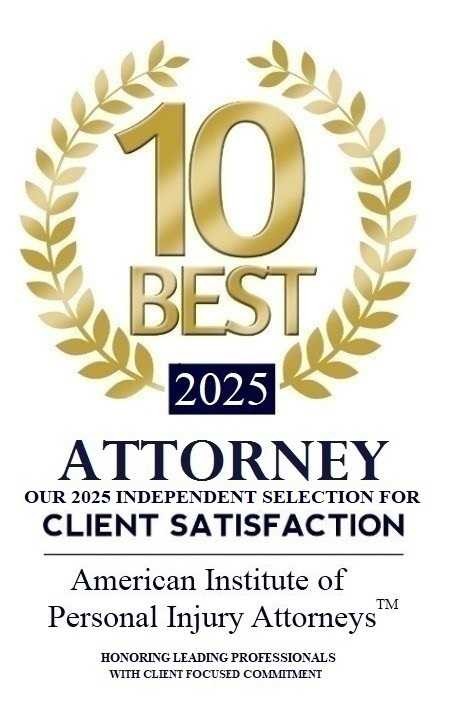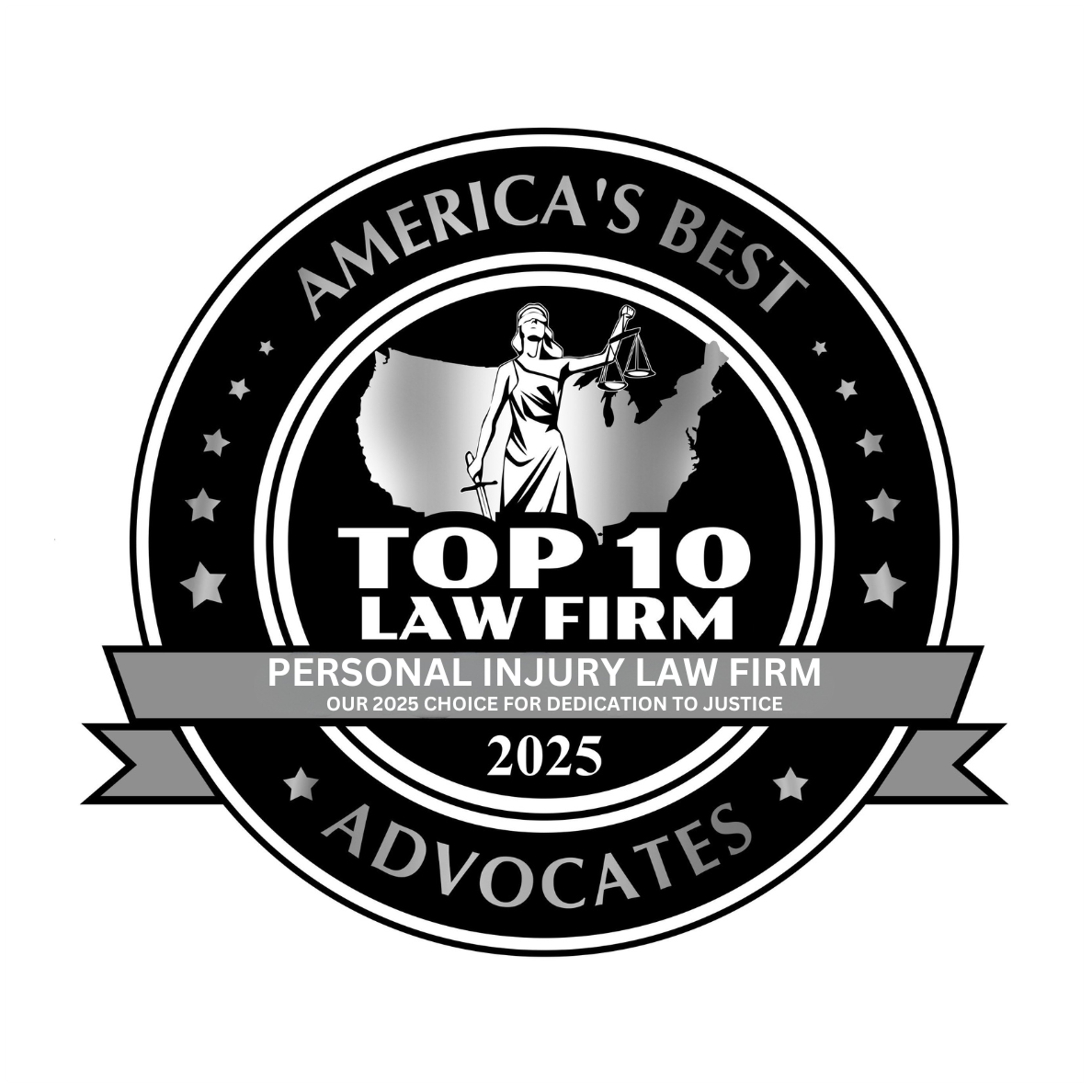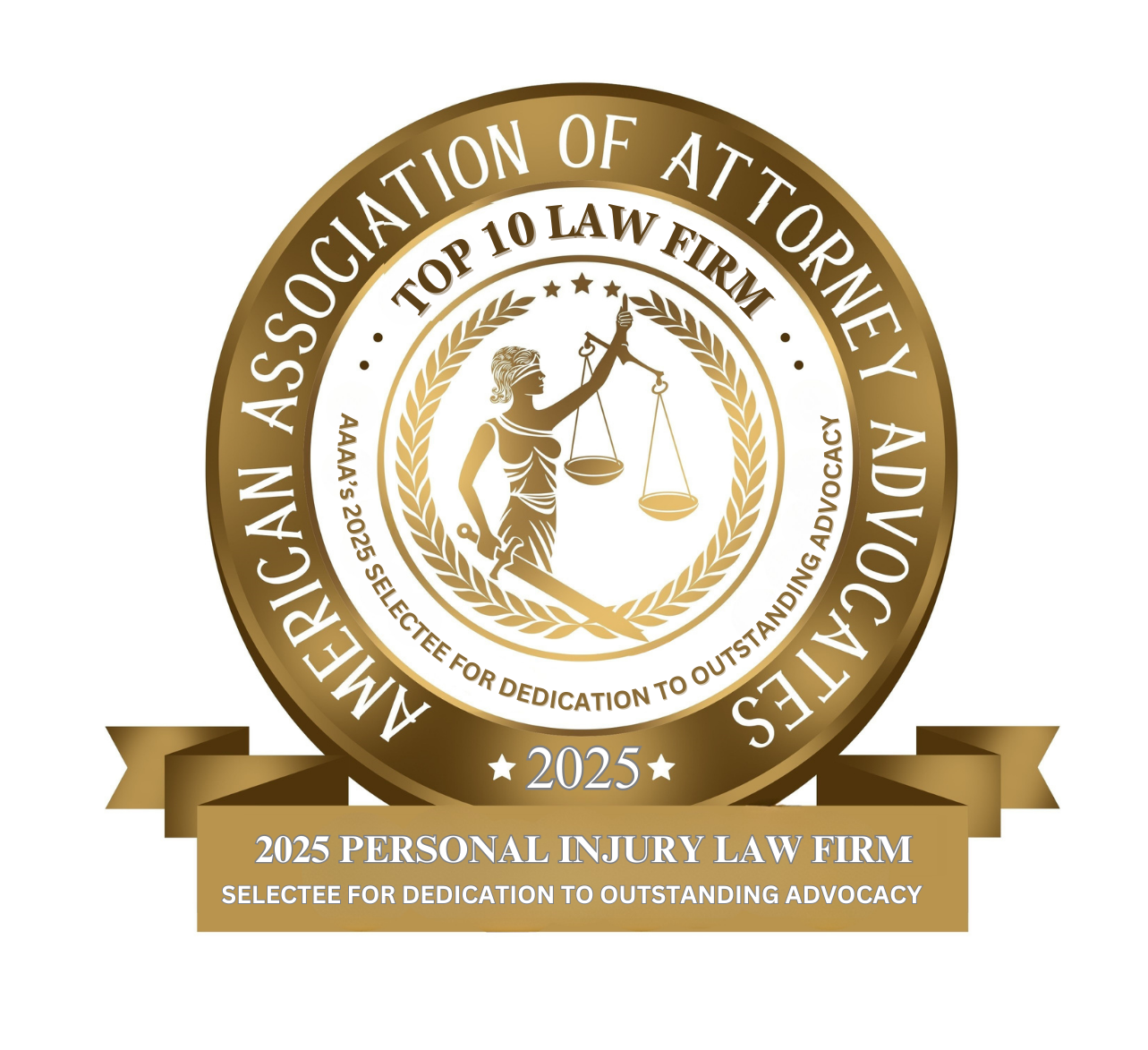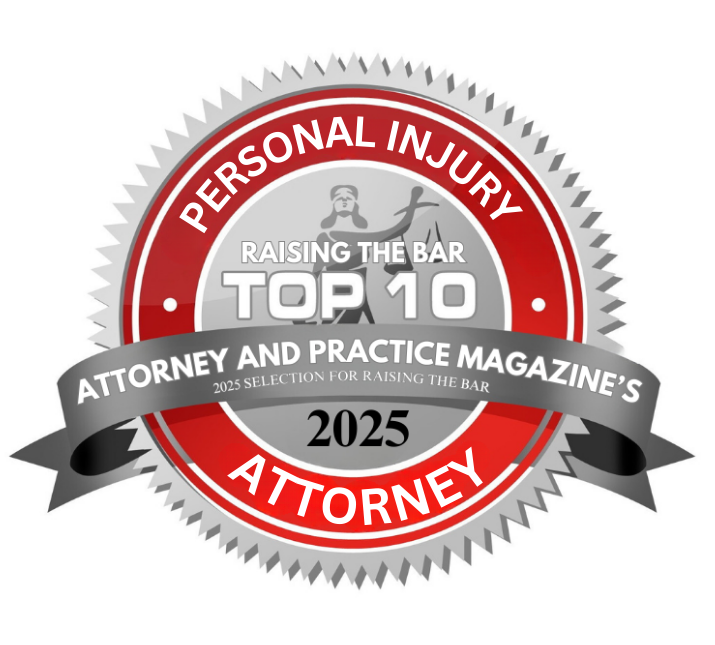- Free Consultation: (630) 527-4177 Tap Here to Call Us
What is a Safe Driving Distance Between Cars?
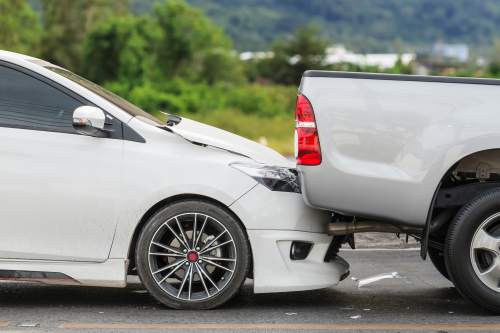
Keeping a safe distance between vehicles is one of the simplest, and most effective, ways to avoid a car accident. Yet rear-end collisions remain one of the most common crash types on American roads. In this blog, we explain how to judge a safe following distance, why following too closely (tailgating) produces crashes, provide practical tips to keep your distance, and answer to frequently asked questions about tailgating accidents.
“Leaving the proper space between your car and the one ahead isn’t just courteous, it’s often the single simplest thing drivers can do to prevent painful injuries and life-changing losses. When someone follows too closely and causes a crash, families pay the price; our attorneys hold negligent drivers and insurers accountable so victims get care and recovery.” — John J. Malm, Naperville car accident lawyer
Why Safe Following Distance Matters
Rear-end crashes are extremely common: long-standing NHTSA analyses and subsequent traffic-safety summaries find that roughly about 28–30% of police-reported crashes are rear-end collisions, making them one of the single largest categories of crashes on the road. These collisions often happen when the driver behind fails to react in time to the lead vehicle slowing or stopping. Rear-end crashes may be low-speed and result in property damage only, but they also cause hundreds of thousands of injuries every year and contribute to multi-vehicle chain-reaction collisions on busy roads.
The 3- to 4-Second Rule
A simple and widely recommended method to choose a safe following distance is the 3-second rule:
- Pick a fixed roadside reference (a sign, pole, tree or overpass).
- When the vehicle ahead passes that reference, start counting “one-thousand-one, one-thousand-two, one-thousand-three.”
- If you pass the same reference before you finish counting three seconds, you are following too closely.
Many safety authorities recommend 3 seconds as the minimum in normal conditions and 4 seconds or more when conditions are poor (rain, fog, heavy traffic, night, or when following motorcycles). For large or heavy vehicles the recommended following distance is longer. For example, guidance for commercial vehicles uses a rule tied to vehicle length (one second per 10 feet of vehicle length at lower speeds, plus extra seconds at highway speeds).
Why the 3-Second Rule Works
Following distance matters because of two linked delays:
- Perception-reaction time. Drivers need time to perceive a hazard (brake lights, stopped traffic), decide, and move their foot to the brake. Average human perception-reaction times are typically around 1–1.5 seconds in ordinary driving and longer if distracted, drowsy, or impaired.
- Vehicle braking distance. Once brakes are applied, the vehicle needs additional space to slow and stop. Braking distance increases quickly with speed: a car going 60 mph needs much more room to stop than one going 30 mph.
The 3-second buffer gives room for both delays. If a driver follows at 1-2 seconds instead of 3 seconds, that extra missing time often translates directly into contact, especially if the lead vehicle stops suddenly. Naturalistic driving studies and crash analyses show that many rear-end conflicts involve short headways and delayed responses.
How Following Too Closely Leads to Crashes
Tailgating increases crash risk in predictable ways:

- Insufficient stopping space. Less time to react and less distance to dissipate energy means collisions are more likely and more severe.
- Reduced margin for error. If the lead vehicle brakes more than expected (sudden lane change, hazard in the road), a tailgating driver can’t compensate.
- Amplified by distraction. Distracted drivers (phone use, reaching for controls, looking away) have longer reaction times; that extra delay combined with short following distance is a frequent pattern in crash reconstructions.
- Cascade effects in traffic. On highways or congested arterials, a single rear-end event can produce chain-reaction pileups (many vehicles stopping suddenly with little room to brake).
- Worse in poor conditions. Wet/icy pavement, poor visibility, and nighttime driving increase braking distance; the same headway that’s safe on a dry sunny day may be dangerously short in rain or snow.
Injuries in Following-Too-Closely Accidents
Rear-end crashes produce a wide range of outcomes, from bumper damage to life-changing injury. Common injury types include:
- Whiplash and neck injuries
- Concussion and traumatic brain injury (from sudden acceleration/deceleration)
- Back and spinal injuries
- Fractures from secondary contact inside the vehicle
- Soft-tissue injuries and chronic pain
- In multi-vehicle pileups, more severe trauma and fatalities are possible
Because rear-end crashes are common, they account for a significant share of crash-related injuries each year; they are also an important target for vehicle safety systems (automatic emergency braking, forward collision warning) that reduce collision frequency. Research shows forward collision warning and automatic emergency braking reduce rear-end crash rates substantially when deployed.
Practical Tips: How to Keep a Safe Following Distance
Use these habits to reduce your risk of being involved in a rear-end crash:
- Use the 3-second rule as your baseline; increase to 4+ seconds in rain, snow, fog, dawn/dusk, heavy traffic, or when following a motorcycle or truck.
- Increase the buffer when you are tired, newly licensed, or driving an unfamiliar vehicle.
- If someone tailgates you, change lanes when safe or gradually slow to increase the gap to the car ahead so the tailgater can pass — avoid braking sharply to “teach them a lesson.”
- Pay attention to traffic flow and road conditions; anticipate stops (brake lights, brake lamp flash, merging vehicles).
- Avoid distractions. At certain speeds, even a two-second glance away can be decisive.
- Maintain your vehicle’s brakes, tires and lights so you can stop quickly and so following drivers can see you brake.
- On long trips or with heavy loads, give yourself extra time and distance;.
Why Following Too Closely Matters in Claims
In many states, including Illinois, following too closely is recognized as a form of negligence and can be cited on crash reports and in civil claims. When a driver rear-ends another vehicle, investigators and insurers commonly look at:
- Reported crash type (rear-end)
- Witness statements and statements from the drivers
- Vehicle damage patterns and event data (if available)
- Video or phone data (dashcams, traffic cameras)
- Skid marks or lack thereof
- Time headway estimates from reconstruction
Because rear-end collisions are often preventable with proper spacing and attention, plaintiffs in personal-injury claims frequently assert that the following driver failed to leave a safe distance. If you’ve been injured, collect photos, medical records, and any dashcam/phone footage while preserving evidence. An experienced Illinois car accident attorney can help evaluate liability and damages.
Frequently Asked Questions about Safe Driving Distances
Q: Is the 3-second rule enough at highway speeds?
A: The 3-second rule is a convenient baseline for normal highway speeds in good weather. At high speeds or with large trucks ahead, add more seconds. Physics demands extra stopping distance as speed increases, and trucks require even longer gaps. For commercial vehicles, specific guidance recommends longer gaps (e.g., one second per 10 feet of vehicle length at lower speeds, and extra seconds at highway speeds).
Q: How much difference does a second make?
A: A single second at highway speed covers dozens of feet of travel, enough that an extra second can mean the difference between stopping safely and colliding. Because perception-reaction time and braking distance both consume seconds, that single second multiplied by reaction + braking matters.
Q: My car has automatic emergency braking, can I follow more closely?
A: No. Automatic braking provides an important safety net, but it has performance limits (sensor fields of view, weather effects, system settings). Best practice is still to maintain a safe human-judged following distance.
Q: What evidence matters after a rear-end crash?
A: Photos of vehicle damage and scene, dashcam or phone video, witness contact info, police reports, and medical records are all important.
Q: Who is usually at fault in a rear-end crash?
A: Often the following driver is found at fault, because leaving insufficient following distance is a common form of negligence. But each crash is unique, sudden mechanical failure or an intentionally dangerous act by the lead driver can change the analysis. Evidence and reconstruction determine liability.
Contact the 5-Star Rated Illinois Rear-End Accident Attorneys at John J. Malm & Associates
Rear-end and tailgating accidents happen every day, often because one driver simply followed too closely. These crashes can leave victims with lasting injuries, expensive medical bills, and lost time from work, all because another driver failed to drive responsibly. At John J. Malm & Associates, our experienced Illinois car accident lawyers have successfully represented individuals and families injured in preventable rear-end collisions across the Chicago area and throughout the state. We know how to investigate these crashes, prove negligence, and recover full compensation for your injuries.
If you or a loved one has been hurt in a car accident caused by someone following too closely, contact John J. Malm & Associates today for a free, no-obligation consultation. Let our team help you hold the at-fault driver accountable and fight for the justice and financial recovery you deserve. Call us to speak directly with an experienced attorney about your case.




